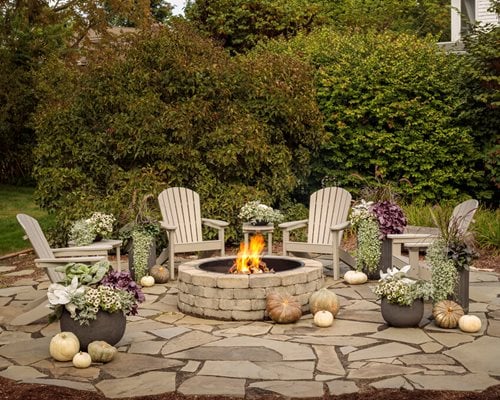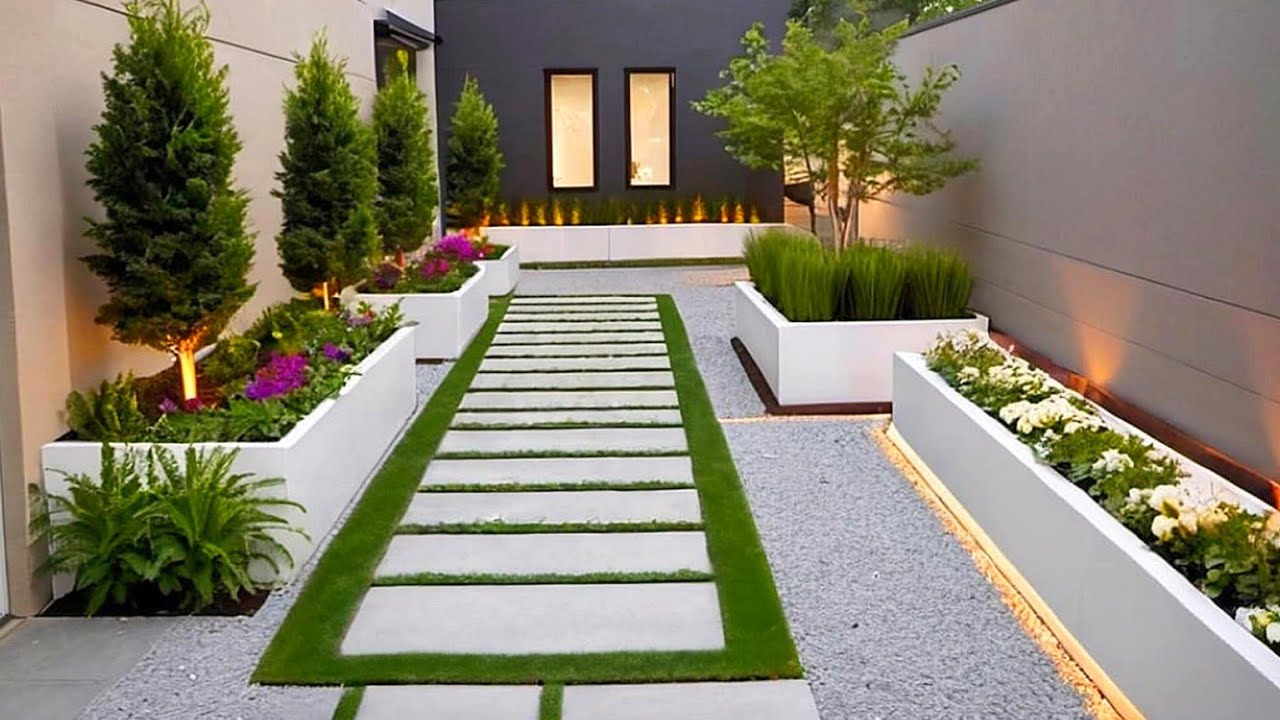Garten Design: Creating Your Perfect Outdoor Oasis
Understanding Garten Design Principles
Garten design is more than just arranging plants; it’s the art of creating harmonious and functional outdoor spaces. From sprawling gardens to cozy balconies, the principles of garten design encourage creativity and intentionality. A well-designed garden should reflect the personality and needs of the homeowner while being responsive to the environment. Key elements to consider include balance, scale, texture, and color. Incorporating these components into your design will not only enhance the aesthetic appeal but also foster a sense of tranquility and enjoyment.
The Importance of Balance in Garten Design
Balance in garden design refers to the visual weight of the different elements present in the garden. Achieving balance can make the space feel cohesive and pleasing to the eye. There are two main types of balance: symmetrical and asymmetrical. Symmetrical balance involves mirroring elements on either side of a central axis, often creating a formal space. An example of this can be seen in traditional gardens where paths and plantings are arranged evenly. Alternatively, asymmetrical balance offers a more relaxed and informal approach, using varied elements to produce equilibrium. Whatever method you choose, aim for balance to create a harmonious atmosphere in your garden.
Texture and Color: Creating Visual Interest
Texture and color are vital components in garten design that engage the senses and set the mood. Incorporating plants with diverse textures, like soft ornamental grasses alongside rough bark splittings, adds depth to your garden. Color can dramatically influence the aesthetic, mood, and energy of your garden. Utilizing a color wheel, garden designers often select complementary colors to enhance vibrancy and visual interest. For instance, blue and orange can create lively contrasts while green and white promote serenity and elegance. By selectively blending textures and colors, you can craft a garden that remains captivating throughout the seasons.
/french-kitchen-garden-illustration-1457154f-eeb7cb166bc440e4a25d179e9ca429c3.jpg)
Essential Elements of Garten Design
There are several essential elements that form the backbone of effective garten design. From paths and patio areas to the choice of plants, each element plays a critical role in achieving the overall look and feel of your garden. Pathways not only guide visitors through the garden but also provide functional access, while furniture options, like seating arrangements, can create inviting spaces for relaxation. Lastly, plant selection is paramount—consider the climate, soil conditions, and maintenance required to ensure sustainable growth.
Incorporating Hardscaping
Hardscaping refers to the non-plant elements in your garden, such as paths, walls, and patios. These structures are essential for organizing your outdoor space and creating functional areas. For instance, paving stones can create inviting walkways, while raised beds add dimension and depth. Integrating hardscaping elements prevents soil erosion and promotes healthy plant growth, as they help retain moisture and define planting areas. Moreover, thoughtful hardscaping enhances the accessibility of your garden, making it easier to navigate and enjoy its beauty.
Choosing the Right Plants
When selecting plants for your garden, it’s vital to choose species that not only fit your aesthetic but also thrive in your specific climate. Conduct thorough research to identify native plants, as they usually require less maintenance and provide essential habitats for local wildlife. Additionally, consider the seasonality of plants—you could mix perennials with annuals, ensuring your garden is in bloom year-round. Incorporating a variety of heights, colors, and textures will lead to a more dynamic and visually interesting display while promoting biodiversity.

Practical Tips for Successful Garten Design
Creating a beautiful garden can be an enjoyable process when approached with practical strategies. Start with a clear vision for your outdoor space by sketching out ideas, noting which elements resonate the most with your personal style. When planning, factor in the garden’s layout, light exposure, and drainage—these aspects can significantly influence plant health and overall design success. Additionally, staying within your budget and selecting durable materials will ensure a long-lasting investment.
Creating Zones for Different Activities
Functional gardens often incorporate various zones dedicated to specific activities, including relaxation, dining, and gardening. zoning allows you to maximize your garden’s usability while helping to define individual spaces. Begin by assessing your garden’s layout and identifying areas with different sun exposure, wind patterns, and shade. From there, create defined spaces such as patios for outdoor dining equipped with seating, or a peaceful nook filled with flowering plants for meditation and relaxation. Ensuring these distinct areas promotes both usability and enjoyment, giving you the flexibility to use your outdoor space throughout the year.
Adding Personal Touches
No garden is complete without personal touches that reflect your unique style. From decorative elements such as sculptures or whimsical art pieces to personalized garden signs, these additions enhance your garden’s character. Consider integrating handmade planters, choosing specific plant varieties that have sentimental value, or creating themed spaces that resonate with your experiences. Such personal touches not only enhance the beauty of your garden but also create a sense of connection, making your garden truly yours.
Conclusion and Key Takeaways
Garten design is the perfect blend of creativity, functionality, and sustainability. By considering principles like balance, texture, and color, along with essential elements such as hardscaping and plant selection, you can design an outdoor space that reflects your personality and lifestyle. Remember to incorporate practical strategies and personal touches to create an inviting and meaningful garden. As you embark on this journey, feel free to implement these actionable tips to cultivate your outdoor oasis.
FAQ
1. What are the best plants for a low-maintenance garden?
When aiming for a low-maintenance garden, consider selecting native species such as lavender, sedums, or ornamental grasses. These plants are generally drought-tolerant and require less upkeep while providing seasonal beauty and ecological benefits to local wildlife. Make sure to group plants according to their light and moisture needs for optimal results.
2. How can I create privacy in my garden?
Creating privacy in your garden can be achieved through various means; you can use tall hedges, strategically place trellises adorned with climbing plants, or implement lattices with climbing vines. Natural barriers like these not only improve privacy but also contribute to your garden’s aesthetic appeal.
3. What is the role of hardscaping in garden design?
Hardscaping serves several roles in garden design; it provides structure, defines spaces, serves functional purposes, and enhances accessibility. Materials like pavers, brick, and natural stones can be used to create pathways and seating areas that tie the garden together aesthetically and practically.
4. How do I choose the best location for my garden?
When picking a location for your garden, consider factors such as sunlight, drainage, and proximity to water sources. Most vegetables and flowers thrive in areas that receive at least six hours of direct sunlight daily. Ensure the location has good drainage to avoid standing water, which could hinder plant growth.
5. How can I include water features in my garden design?
Incorporating water features, such as ponds, fountains, or bird baths, can create a tranquil environment while attracting wildlife. When designing a water feature, consider the size, style, and placement to ensure it complements the overall garden aesthetics. Regular maintenance will help keep the feature looking vibrant and functional.
